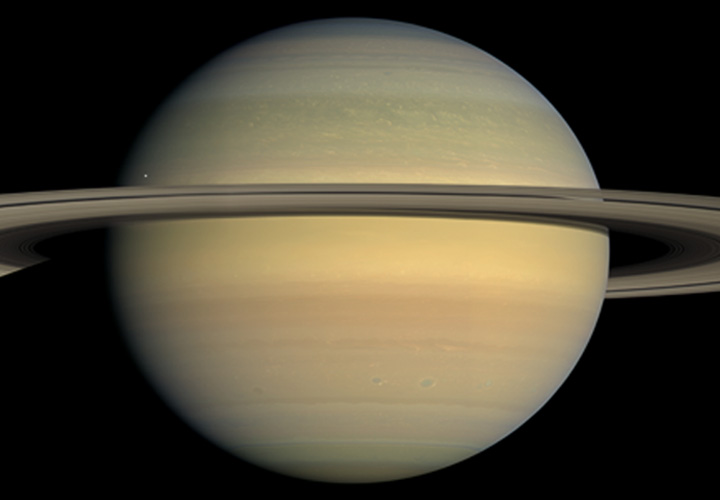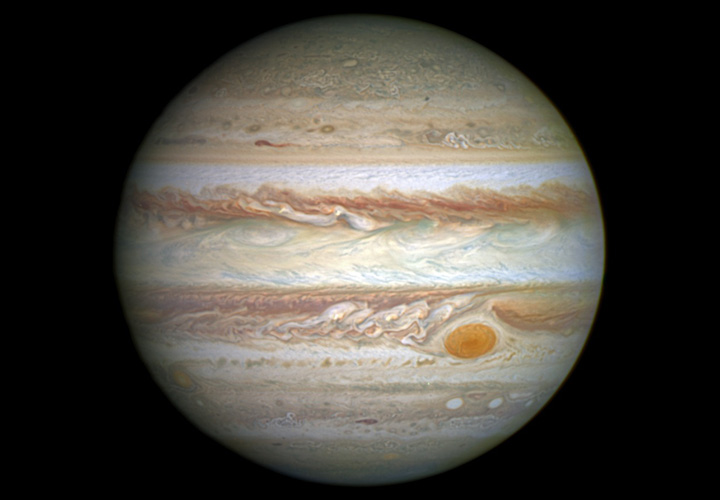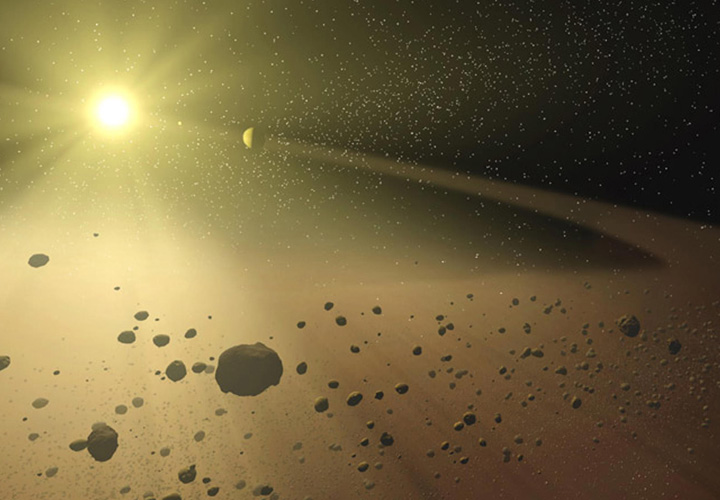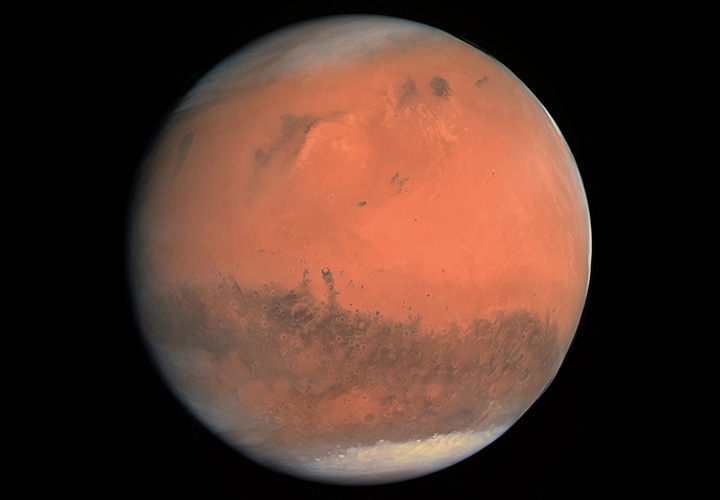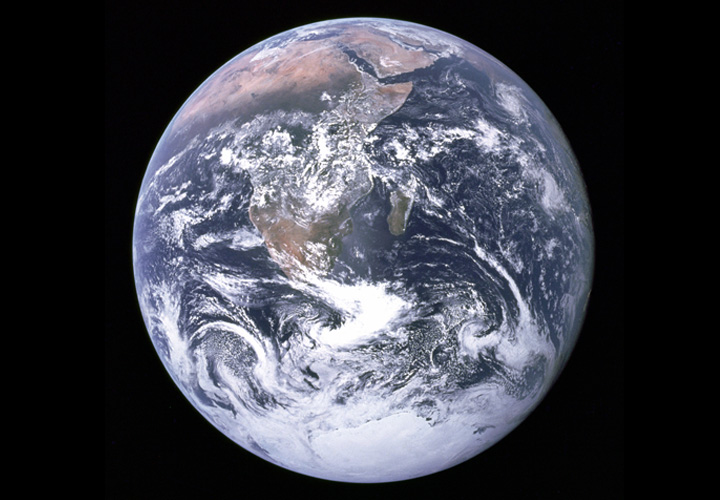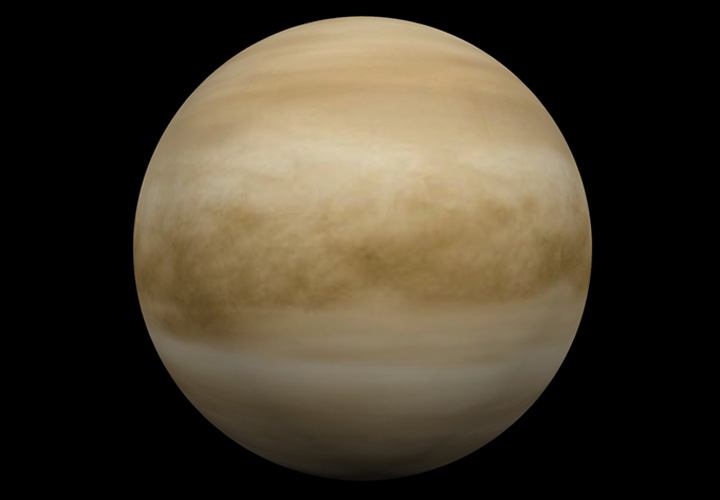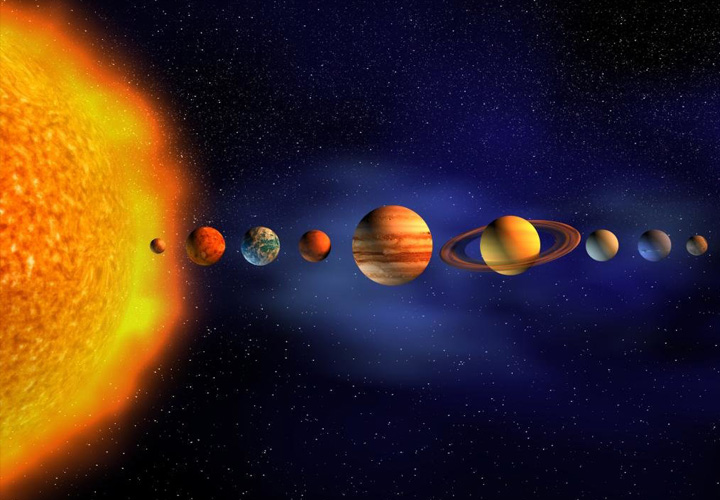15 Facts about Mars: The Next Destination
Mars ( ♂︎ , मंगल ), the fourth planet of the Solar System can be called the most behaved planet after Earth. Unlike extreme conditions on Mercury and Venus and unavailability of a solid surface on the giant planets, Mars is the only nearby place we can think of having a colony. It sounds nice but in reality, Mars is still a very hostile planet. A colony may be a dream of far future but we may soon have few humans there. Here are some interesting facts about our friendly neighbour Mars: The Greeks named this planet as Ares, the Greek God of War. Then, Roman changed the name of the planet as their God of War: Mars Mars is the second smallest planet in the Solar System after Mercury The Maps by Christiaan Huygens contain terrain features of Mars The rotation on Axis (Solar Day)…
15 Facts about Earth: The Planet We Call Home
Earth ( ⊕ , पृथ्वी ), our very own blue planet is the only known celestial body known to have life. Call it the act of god or a series of favourable circumstances, our planet managed to hit the perfect balance. This balance took billions of years but in the end, we got our miracle planet. Here are some interesting facts about our home planet Earth: The age of Earth is deduced on the basis of radiometric dating and other sources of evidence Like all other astronomical objects in the universe, Earth was formed by Accretion Appendix: Primordial The material that was in orbit around the Earth quickly coalesced into the Moon, possibly within less than a month, but in no more than a century. Some of Theia’s mass merged with Earth The first atmosphere was captured from the solar nebula. A combination of the solar…
15 Facts about Venus: The Burning Queen
Venus ( ♀︎, शुक्र ), the only planet of our Solar System regarded as a female is the evil twin sister of our planet. This shiny morning star is a hell with a raging temperature, crushing pressure and acidic clouds. Venus is a perfect example to show what the greenhouse effect can do to a planet. Here are some interesting facts about the gruesome Venus: The two continents on the planet are also named after women. The Northern continent Ishtar Terra is named after the Babylonian goddess of love and southern continent Aphrodite Terra is named after the Greek goddess of love Due to its reverse rotation, Sun rises in the west and sets in the East The diameter of Venus is only 638.4 km less than Earth‘s and its mass is 81.5% of that of Earth’s mass This results in reduced heat loss from the…
15 Facts about Solar System: An Introduction to the Home of our Home
Billions of years ago, there was no Sun and there were no planets. All there was a big cloud full of gases. So, how it all turned into a balanced system of a star and planets orbiting around it? How a star and planetary bodies around it made it possible to have life? The story of the Solar System ( सौर मण्डल ). Here are some interesting facts about our Solar System which will give you some insights on this series covering our planetary system: The Local Interstellar Cloud (LIC) in Orion–Cygnus Arm, also known as the Local Fluff is roughly 30 light-years across ———————————— As is typical of molecular clouds, this one consisted mostly of hydrogen, with some helium. It also had small amounts of heavier elements fused by previous generations of stars Within 50 million years, the pressure and density of hydrogen in the centre…
